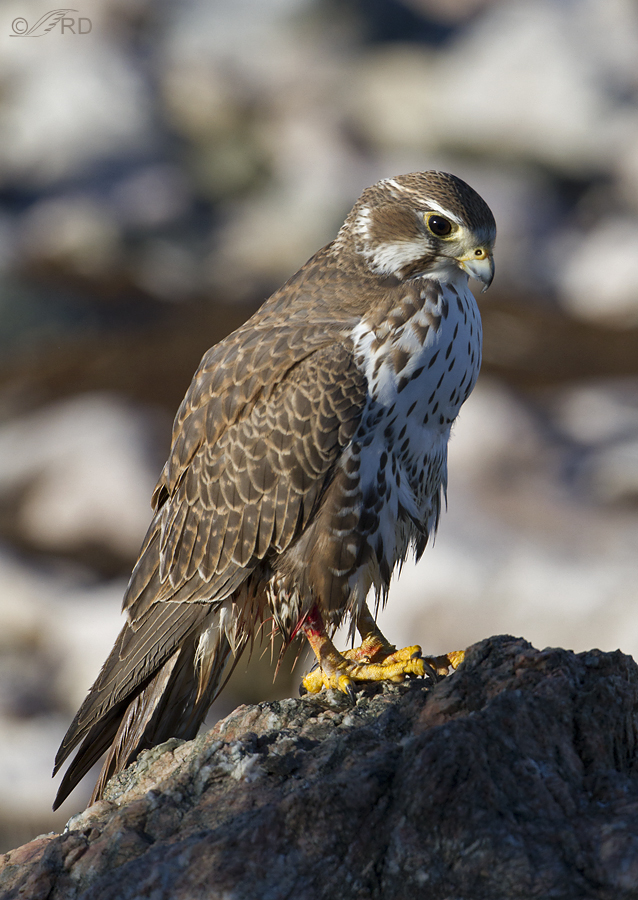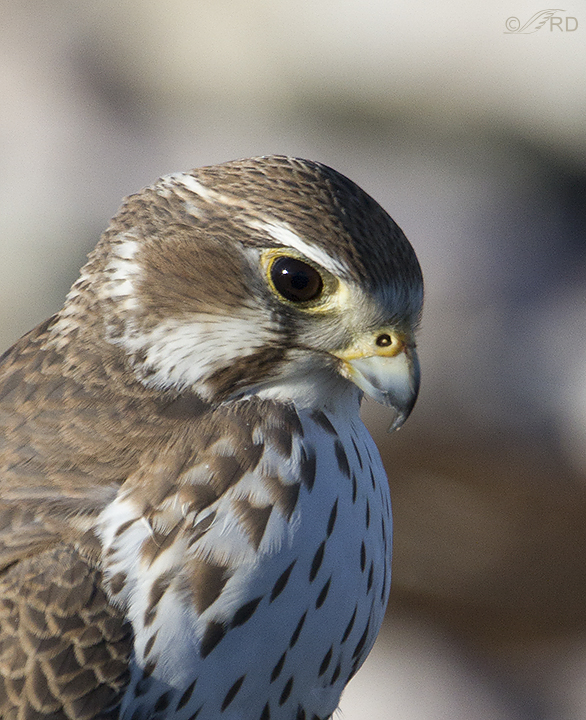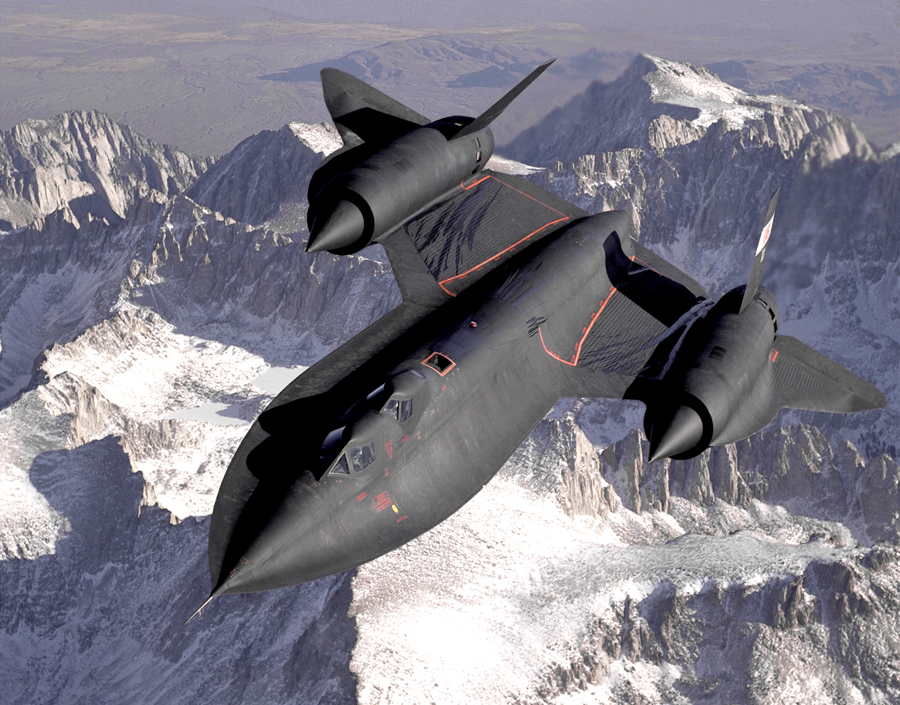Two days ago we located the Prairie Falcon on the causeway once again. This bird spends most of its time on the island itself but occasionally ventures onto the causeway to hunt ducks. I’m quite sure, as are others who are more falcon knowledgeable than I, that it’s the same individual in all of my recent Prairie Falcon posts.
Usually I complain about not being able to get close enough to my subjects but here I had the opposite problem. The only way I could even see this bird was from very close. From any further away the falcon was completely obstructed by the road edge and the vegetation growing there. The first two images are essentially full frame (very little crop) and that’s without my tc attached, so the falcon is too tight in the frame but this post is more about falcon adaptations than it is about aesthetics anyway.

1/1600, f/9, ISO 500, 500 f/4, natural light, not baited, set up or called in
This bird was a mess! It had apparently just finished dining on duck so it was wet, blood encrusted and disheveled, with tidbits still clinging to feet and beak. The bird is meticulously cleaning and scratching its beak with those impressive talons, which seems to me to be about like picking one’s teeth with a Bowie knife.

1/1600, f/9, ISO 500, 500 f/4, natural light, not baited, set up or called in
But what I found particularly interesting about many of the images I took of this bird was the good look at the well-defined and bulging crop. The crop is essentially a food storing organ that is an enlarged and muscular part of the esophagus. One of its advantages is that it allows the bird to quickly eat copious amounts of food and then fly off to digest it in peace, rather than have to be concerned about predators on the ground or competing raptors attempting to steal the meal. Most raptors have a crop, although owls do not. Which makes me curious – could the reason for the lack of a crop in owls be the fact that owls typically hunt at night when there’d likely be little, if any, competition from the diurnal raptors? I might have to investigate this a little…

Because I was so close to this bird, a heavy crop of the previous image allows a good look at the falcon “nostril cone”. Falcons are incredibly fast flyers. In a stoop (a powered dive to attack prey), the Peregrine Falcon has been clocked at over 200 mph and many other falcon species aren’t far behind. At those velocities, air rushing into the nostrils would cause breathing problems so falcons have evolved these “cones” at the entrance to their nostrils to disrupt the air flow and slow it down.

Public Domain image, from Wikipedia
Engineers faced a similar problem when supersonic aircraft were being developed. At those speeds air would rush into the jet engines so fast that proper air flow and air pressure into the compressors and turbines could not be maintained. So developers looked at falcons to see how they solved the problem and used the same trick that they do – cone-shaped structures in front of the intakes of the engines to slow the airflow down.
This is the famous Lockheed SR-71 Blackbird in flight over the Sierra Mountains. The cones can clearly be seen protruding in front of the engine intakes. The positions of these cones are adjusted in flight, depending on speed. At relatively slow speeds, as in this photo, the cones protrude far out in front of the engine but as supersonic velocities are approached the cones move further back into the engine.
Just another example of humans looking to nature for inspiration in solving a practical problem.
Ron


Not overdoing the narrative at all. For those of us with less knowledge (probably most of us) it is a wonderful way to learn – while indulging our love of the birds at the same time. Win/win for me, and I suspect others as well.
Thank you for the feedback on the narrative, Elephant’s Child. It’s always difficult to know how far to go with it, so your “take” on the matter is helpful.
Your blog is so informative, with such amazing pictures. The cones are amazing…nature is so wonderful, thank you, thank you, thank you!
Thanks very much, Teri.
Wow! The cones are fantastic. Once again, I have learned something new. Thanks for the info and the amazing shots. I really love the falcons.
Learning is what it’s all about, isn’t it Tana? It’s one of the main reasons I enjoy blogging, because I learn so much doing it.
I remember bringing this up when Mia published an image of a “V” flying pattern in birds. Although perhaps not fully related to this post, flying in “V” formation also assists with the communication and coordination within its group members. Fighter pilots often use this formation for the same reason, unfortunately, for very different reasons than geese and other birds do. Isn’t it ironic that humans would have to “emulate” these natural behaviours, as problem solvers, or human “solutions” of some kind???
An interesting observation, Maria. Thank you.
As a life-long fan of military aircraft and a more recent student of bird photography, I found this post particularly interesting. I had never heard of the connection between the cones in these two beautiful types of birds. Thanks for the cool biophysics/aerodynamics lesson.
I appreciate your comment, Dwynn. I learned some things while preparing this post, too.
Ron-the aesthetics of these photos are certainly within your exceptionally high standard, and the comparative lesson on aerodynamics is as illustrative as any I’ve seen or read. Terrific post!
Thanks, Chuck. Coming from a professional pilot, that means a lot.
What a wonderful treat to see these wonderful photos and your informative narrative! A wonderful uplifting way to start the day! Thanks so much!!!!!
Charlotte, thanks for the feedback. I never know whether or not I’m overdoing the “narrative” and your comment helps me to evaluate that.